Raptors, also known as birds of prey, are the predators of the bird species. They include more than 500 species of birds, including hawks, owls, vultures, eagles, and falcons. Whatever you know about these apex predators, get ready to add eight more fascinating raptor facts to your repertoire.
#1: Vultures can spot a carcass from 4 miles away.
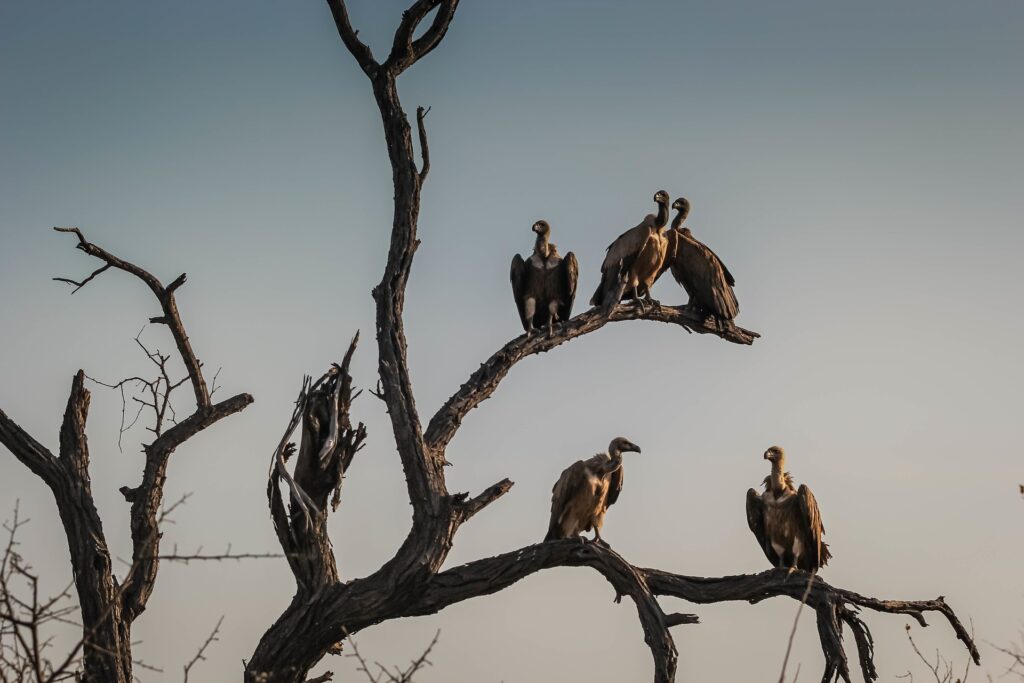
These scavengers can soar for long periods of time without flapping their wings, looking for food. When they spot something, even from miles away, some species of vulture will start circling over it. This attracts the attention of other vultures, which will then join in circling and, eventually dining on, the carrion. A vulture also has a bald head, which helps to keep it clean after the messy act of feeding on a carcass.
#2: Eagles have 4-5x better vision than humans.
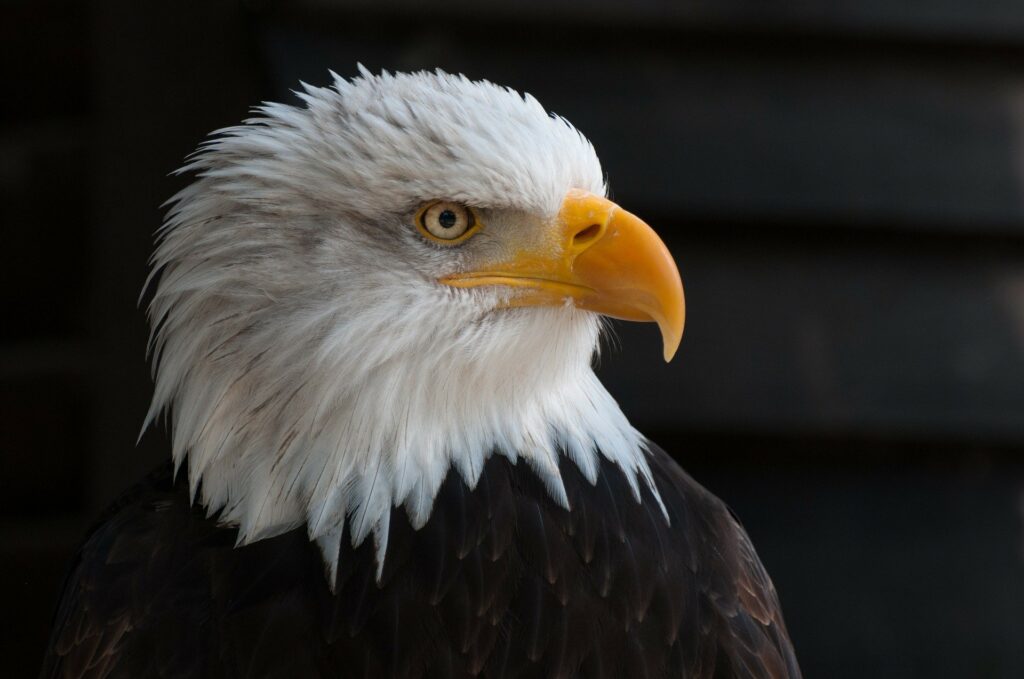
You’ve probably heard of the term “eagle eye,” but that only begins to do this raptor justice. An eagle’s eye can take up as much as half of the bird’s head, and has a greater field of vision than the human eye. Their eyes also pick up more colors than ours, as we have about 200,000 cones in our retina, compared to an eagle’s one million. This amazing eyesight helps them to see prey from up to two miles away.
#3: An owl’s eye color tells you how it hunts.
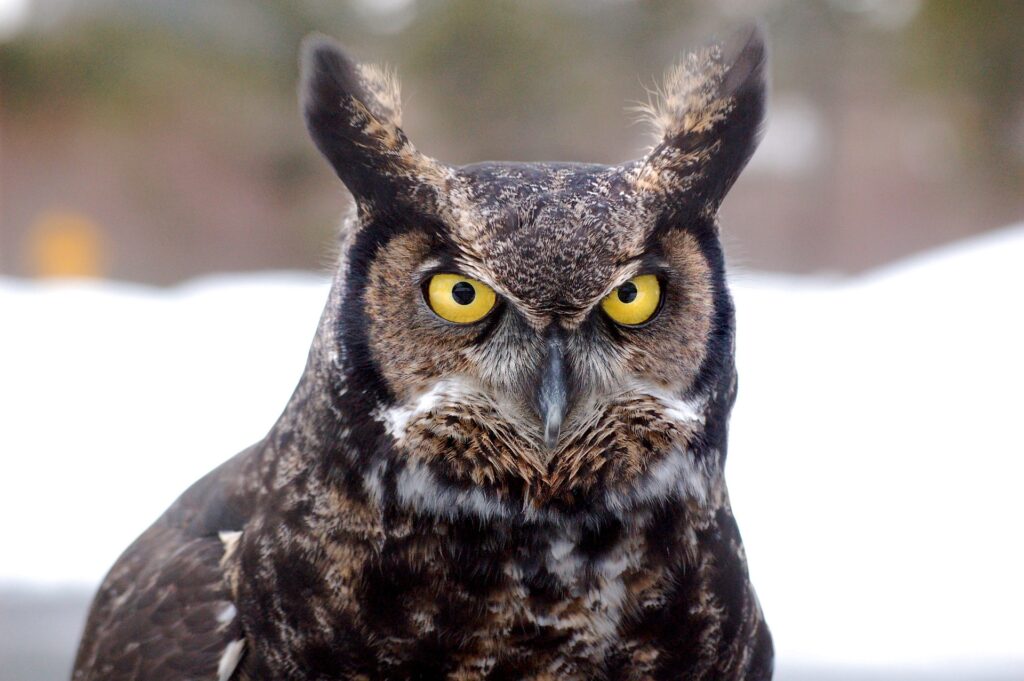
Want to know more about a certain type of owl’s hunting habits? It’s all in the eyes. Owls with brown or black eyes—like Barn Owls and Spotted Owls—typically like to hunt at night. Their dark eye color helps them see better in the dark than other species. The Great Horned Owl and others with yellow eyes prefer to use their hearing to hunt at night. And orange-eyed varieties, like the Eurasian Eagle-Owl, prefer to hunt at dusk and dawn.
#4: Certain raptors hide their kill from other predators.

Hawks don’t like to share. In fact, once they kill their prey, they will do what is called “mantling.” This means they will crouch over their prey and spread their wings over it, hiding it from the view of other, often larger, predators. Other raptors, like Peregrine Falcons, also mantle so they can enjoy their kill undisturbed.
#5: A Cooper’s Hawk has some gruesome ways to kill prey.
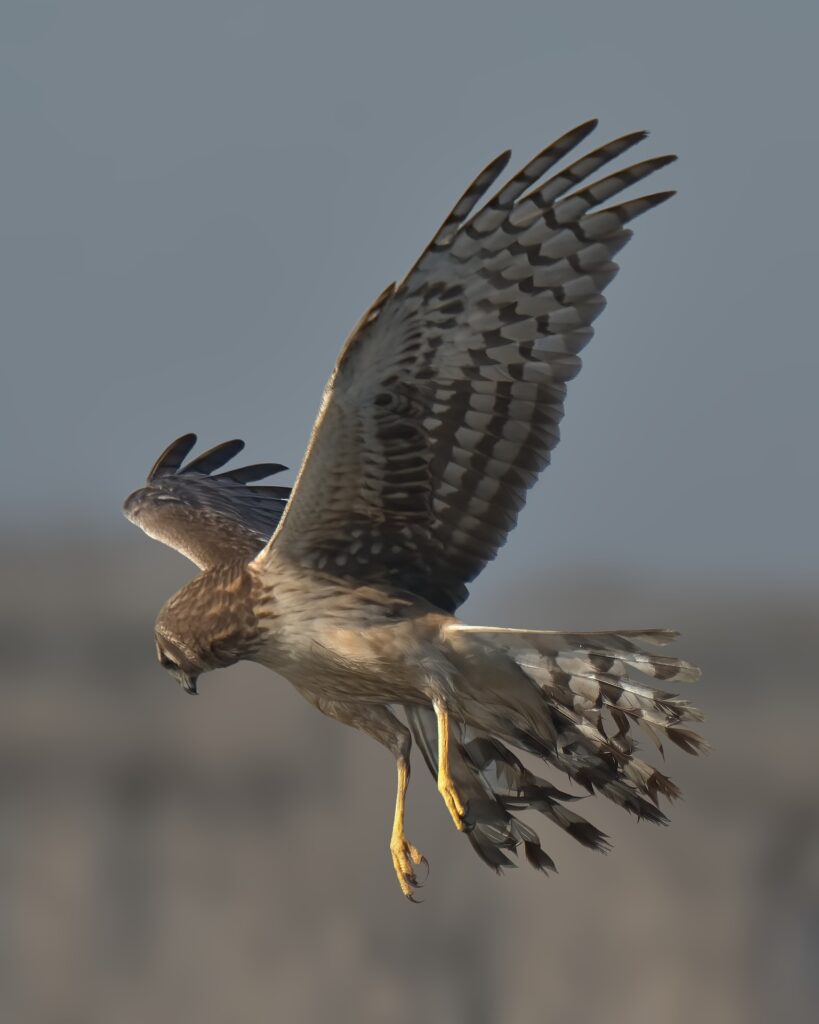
This raptor fact focuses on the relentless hunters called Cooper Hawks. These hawks eat small and medium-sized birds as well as small animals like chipmunks, squirrels, and mice. They are expert hunters that use their talons to crush their prey to death, or hold it underwater until it drowns.
#6: Raptors eat all of their prey.
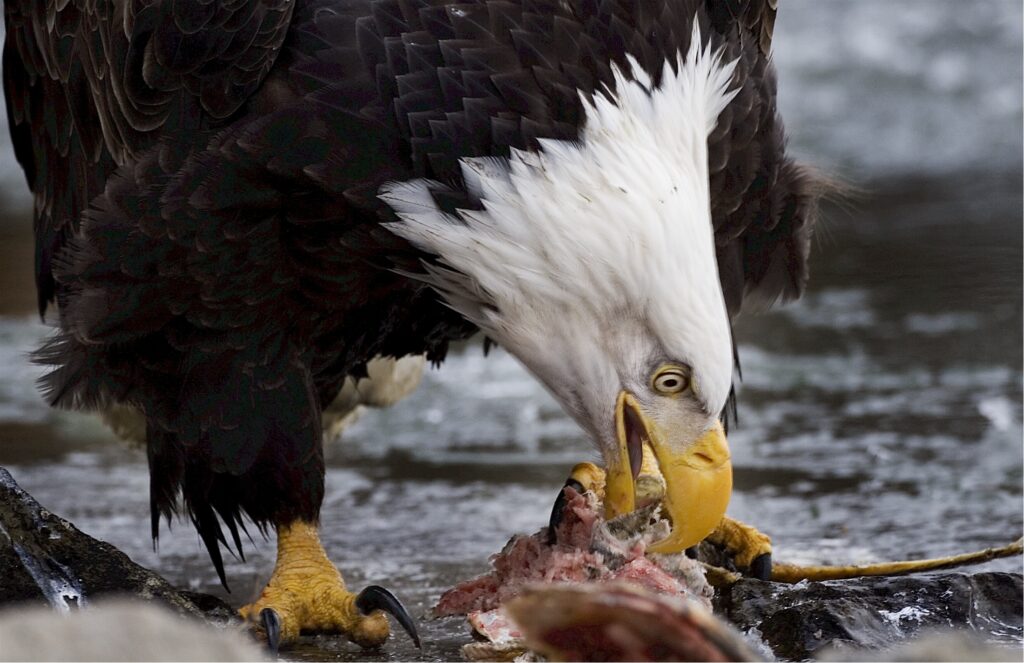
From the feathers and fur to the meat, muscles, organs, and even bones—raptors leave nothing of their prey. Many of these parts are hard to digest, but raptors are equipped with two stomachs (the first stomach and the gizzard) and strong stomach acid to break everything down. And since they can store food in their crop, or pouch near their throat, they can hold the food so that it can digest slowly, a little bit at a time. Owls are the only raptor that doesn’t have a crop, and so they regurgitate a “pellet” or mass of indigestible animal parts, after they eat.
#7: Humans have used falcons to hunt for thousands of years.
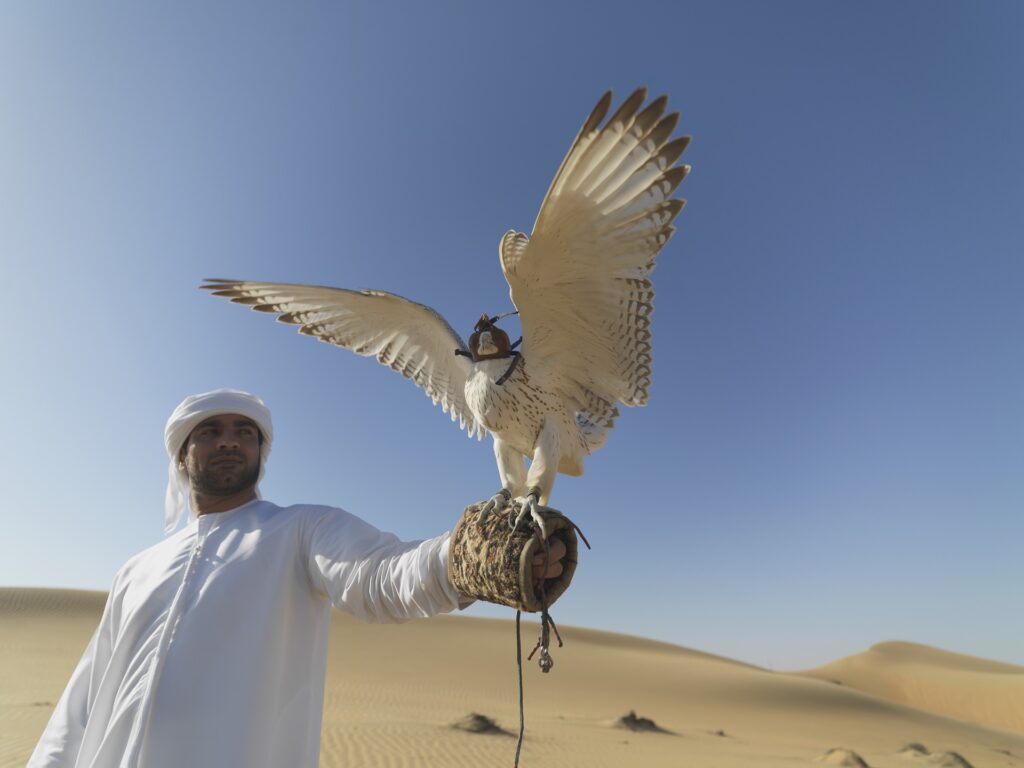
The history of falconry, or humans using falcons to hunt prey, dates back at least 10,000 years, with origins in ancient Mongolia and the Middle East. It started as a way to hunt for food, but gradually became a sport for the elite, with falcons used as status symbols by the gentry. Falconry is still practiced throughout some of the world, though it is banned in some countries like Australia and Scandinavia. Modern-day organizations like the North American Falconers Association focus on the conservation of falcons as much as the sport itself.
#8: Raptors will not carry away your child.
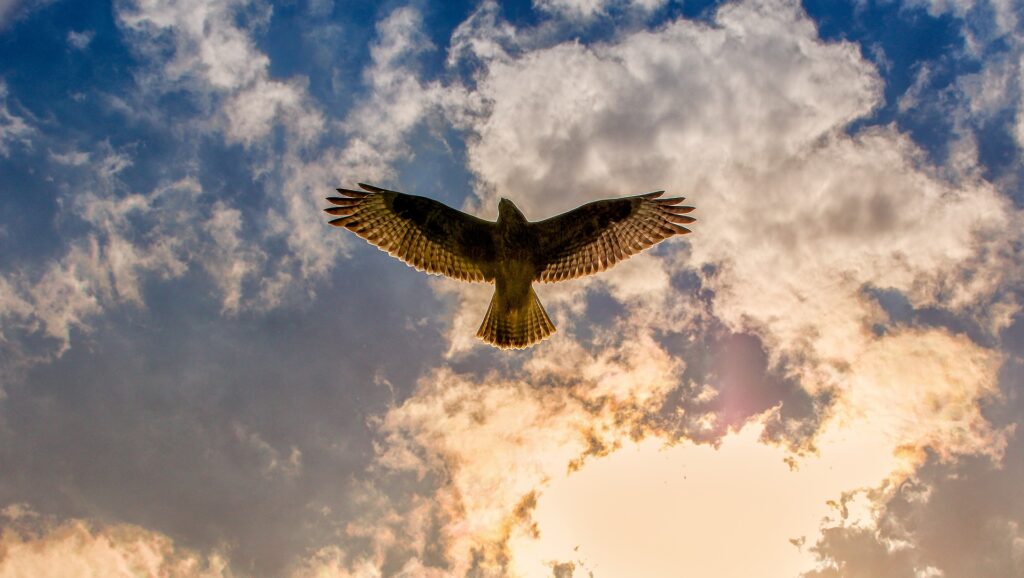
Despite the ancient myths and hoaxes, and a few scattered stories, birds of prey are not likely to harm or carry away your small child. Your small pets are a different story. As raptors feed on small animals, you’ll want to supervise your pet rabbits, guinea pigs, cats, and even small dogs when they’re outside.
Join Us for More Raptor Facts!
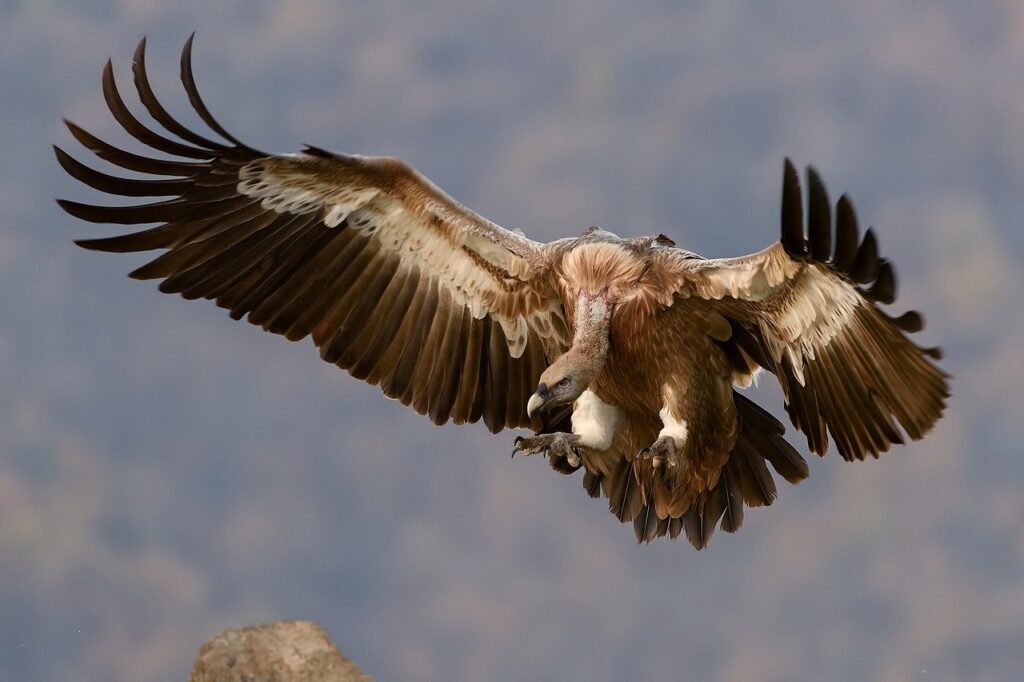
Join us, live or virtually, for our monthly Bird Talks! Each month, we invite an expert to speak about raptors and other fascinating birds—and this month, we’re focusing on our rad raptor friends with naturalist and wildlife photographer Stan Tekiela! You can also check our Activities page, which offers a calendar of upcoming events so you can save those dates!

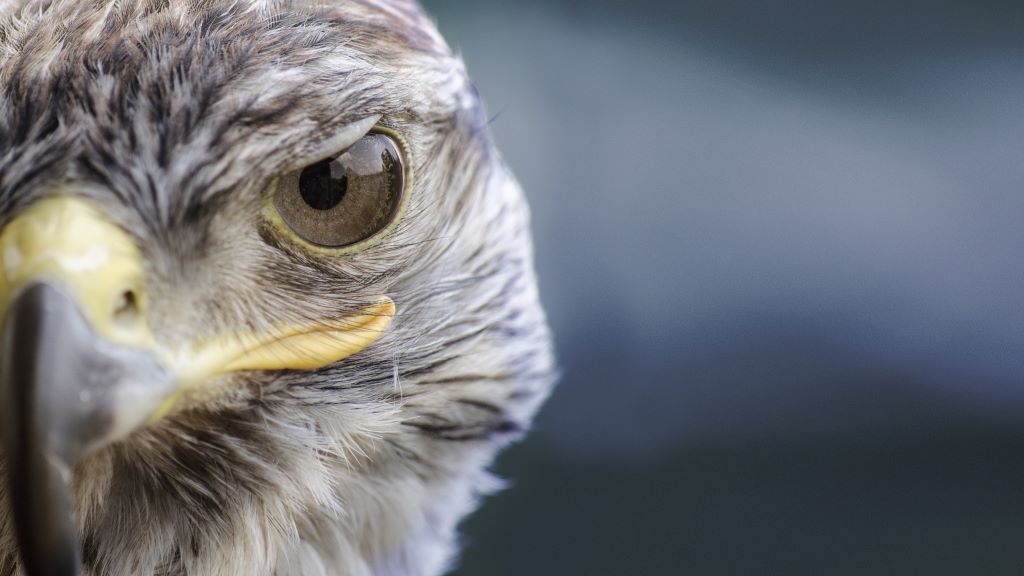

One comment
I SO look forward to the next offering about raptors. Will enjoy Stan Tekiela, I am super sure! Thanking CHIRP for bringing us informative and interesting naturalists. I LOVE your offerings
and I really LOVE you new store.